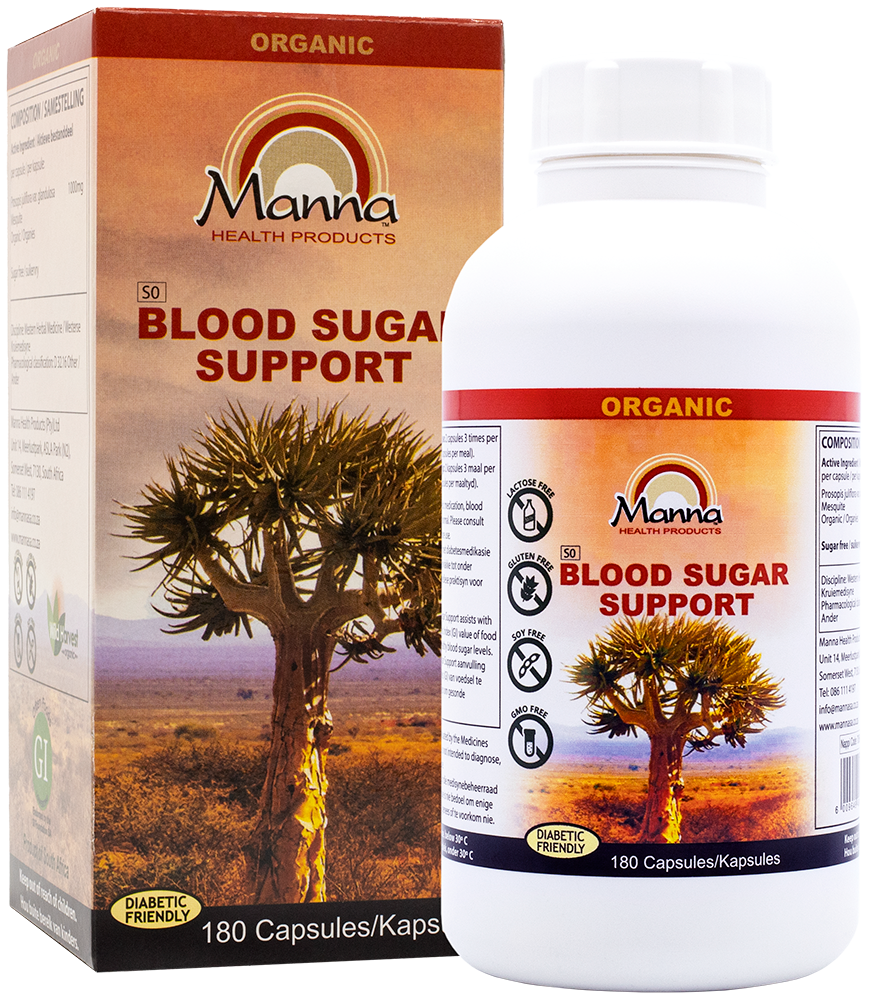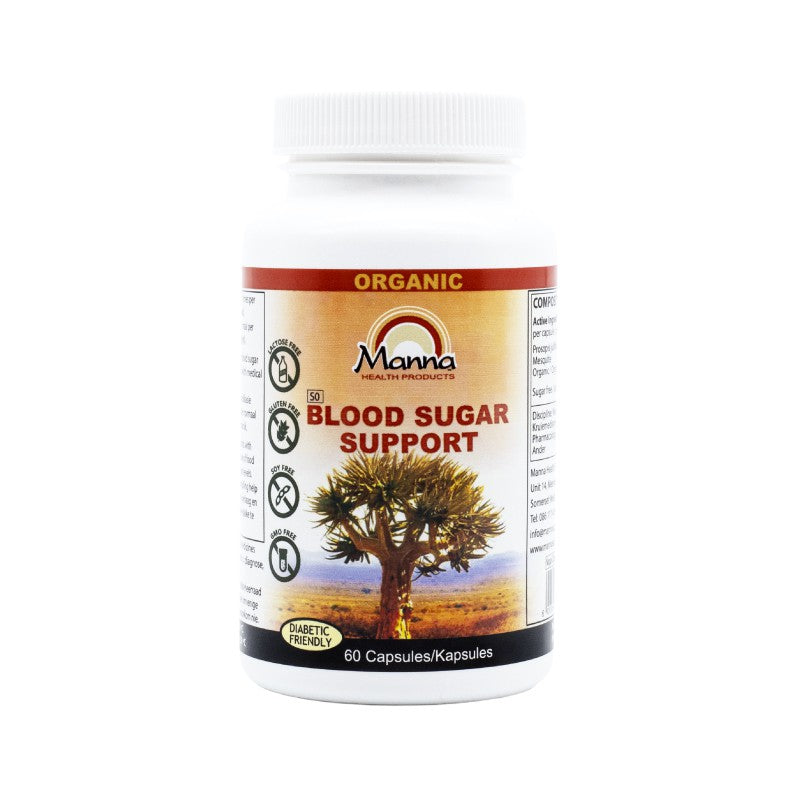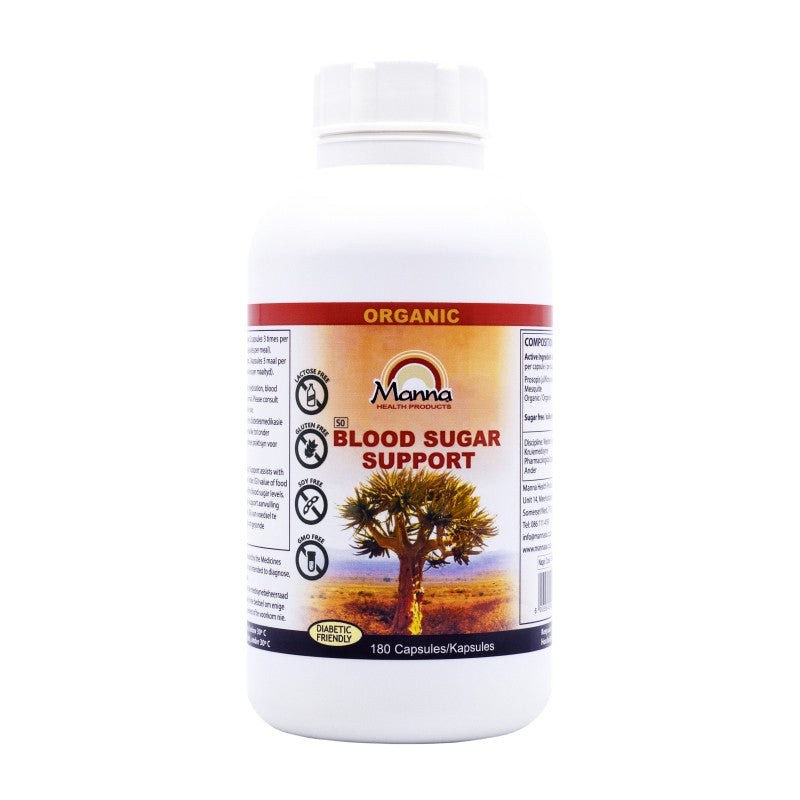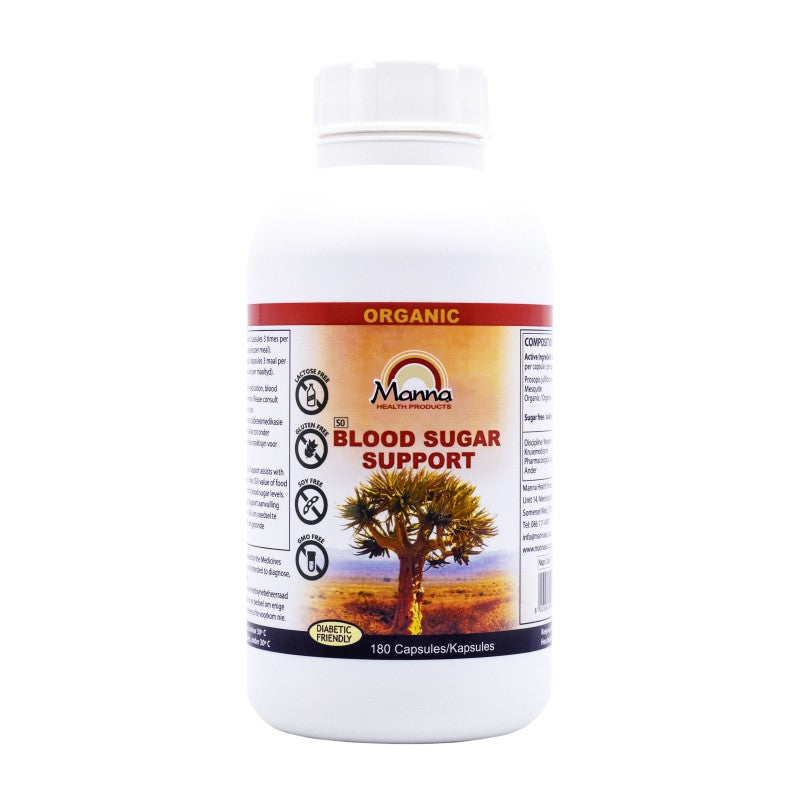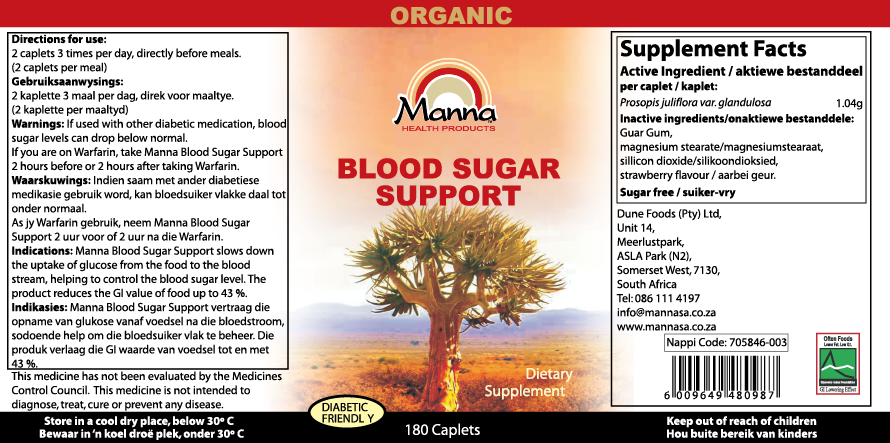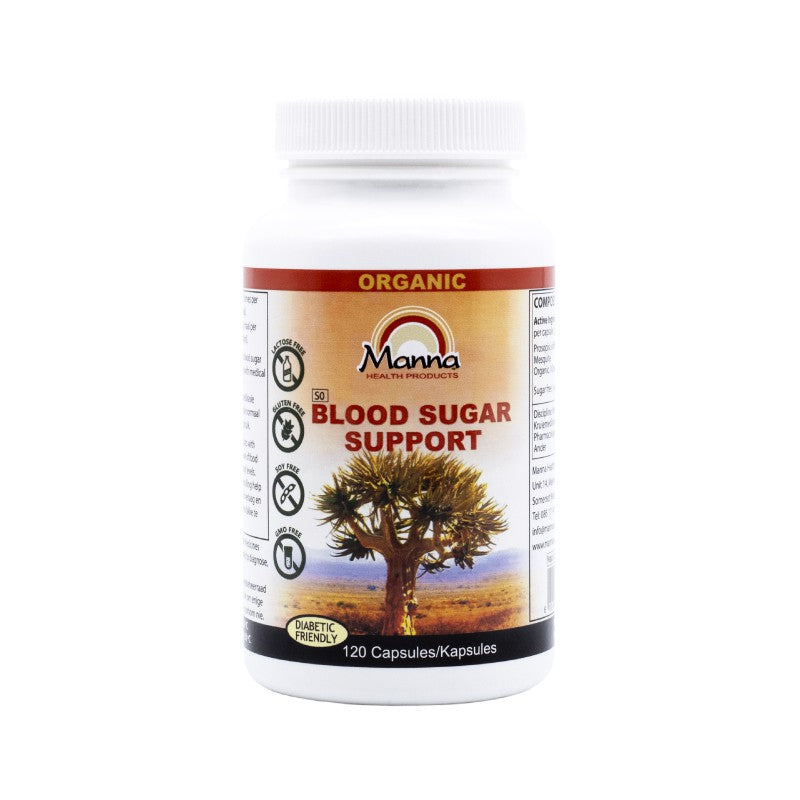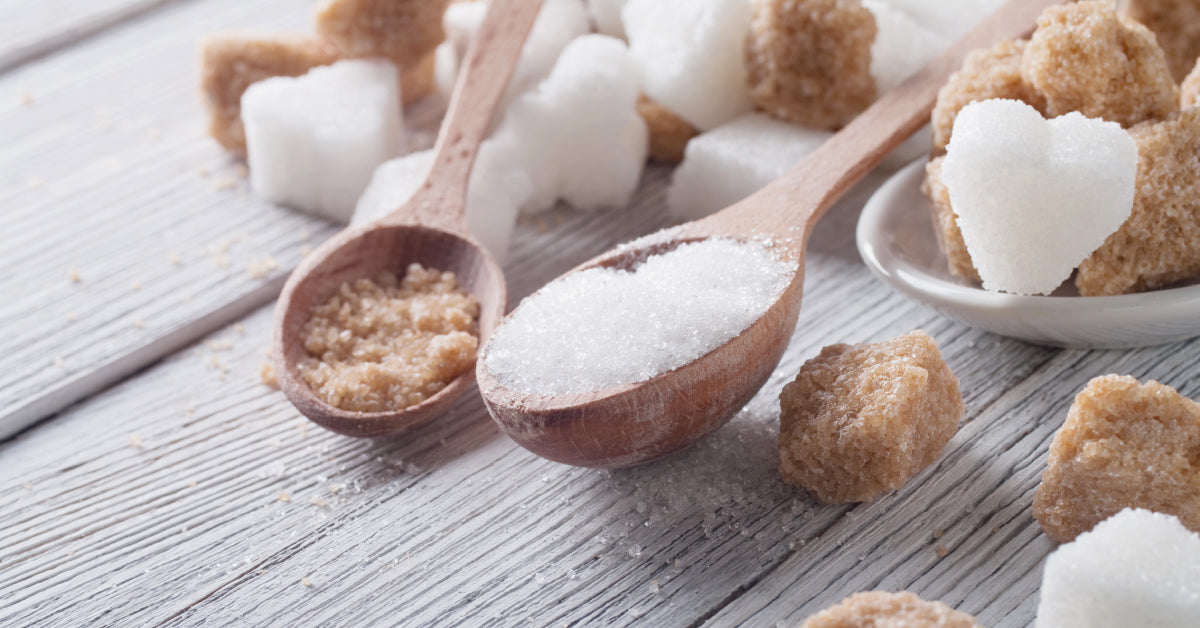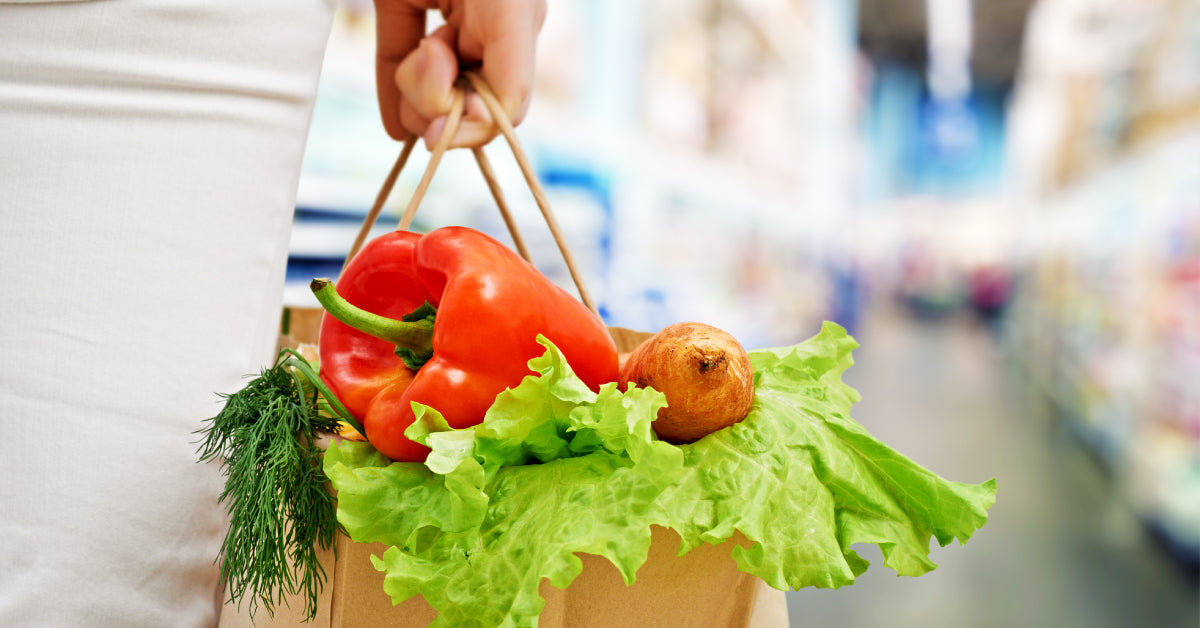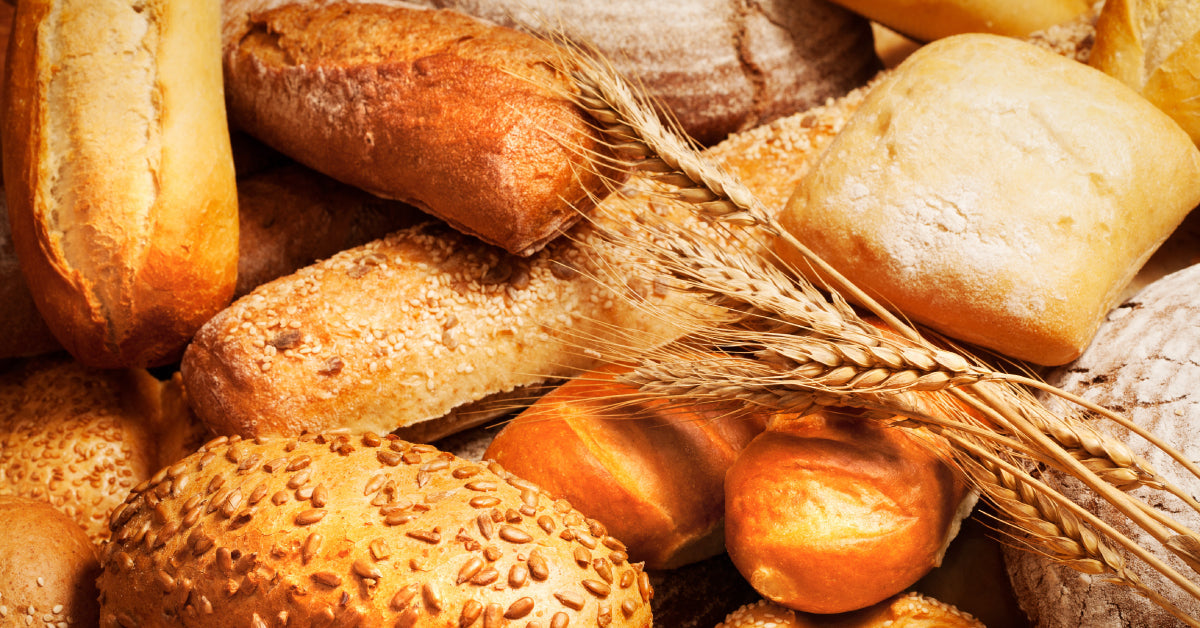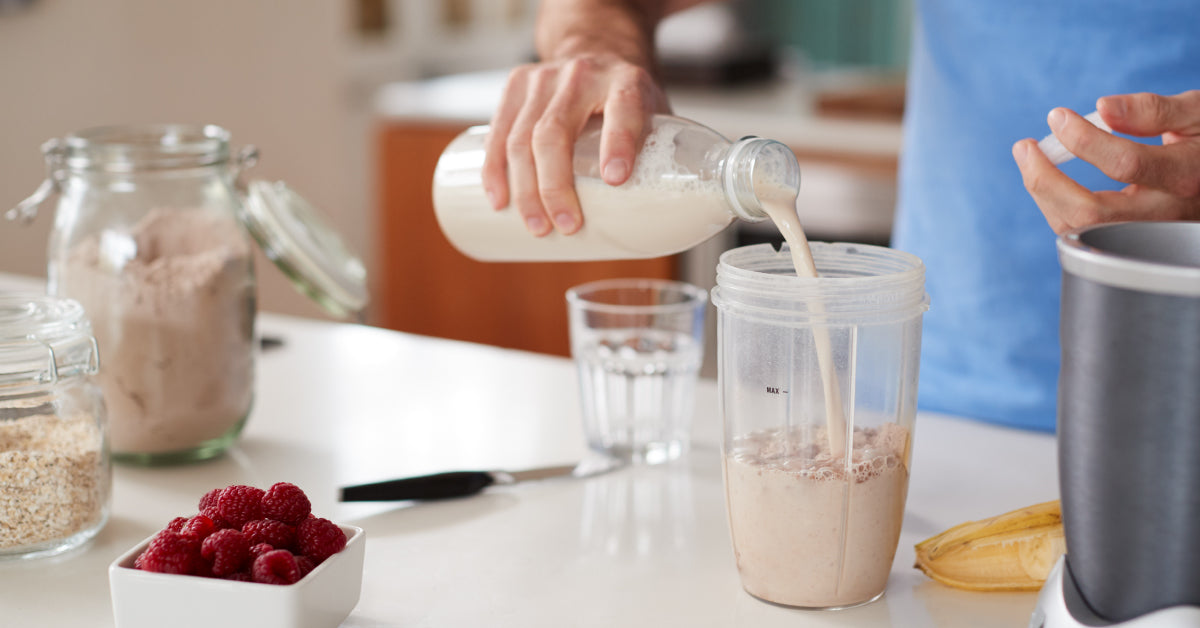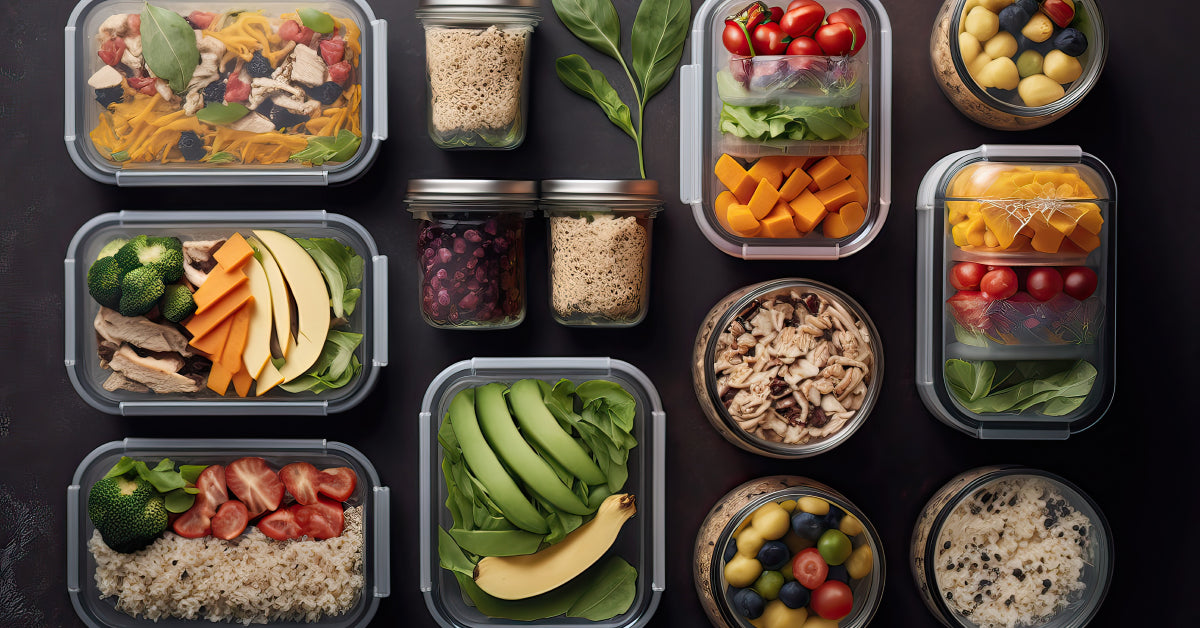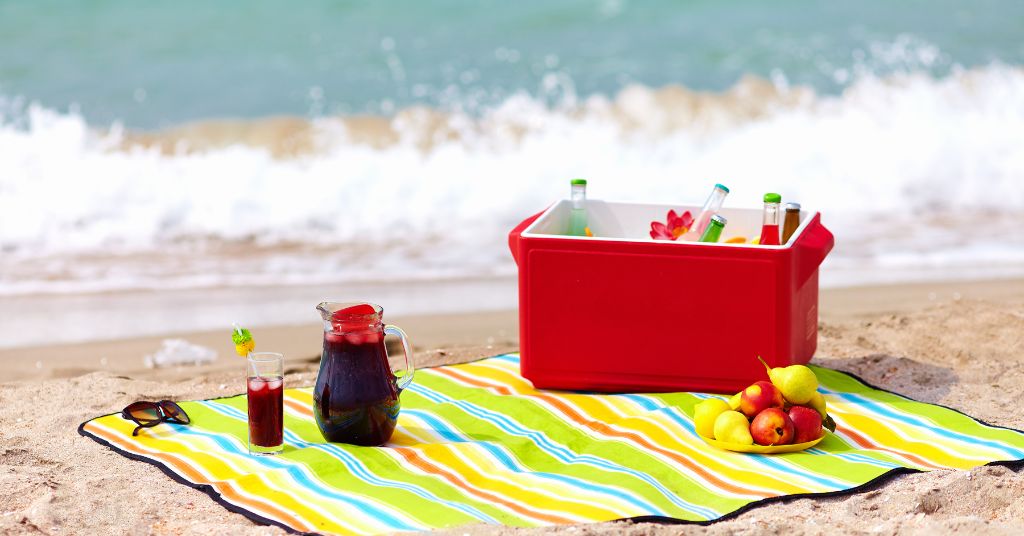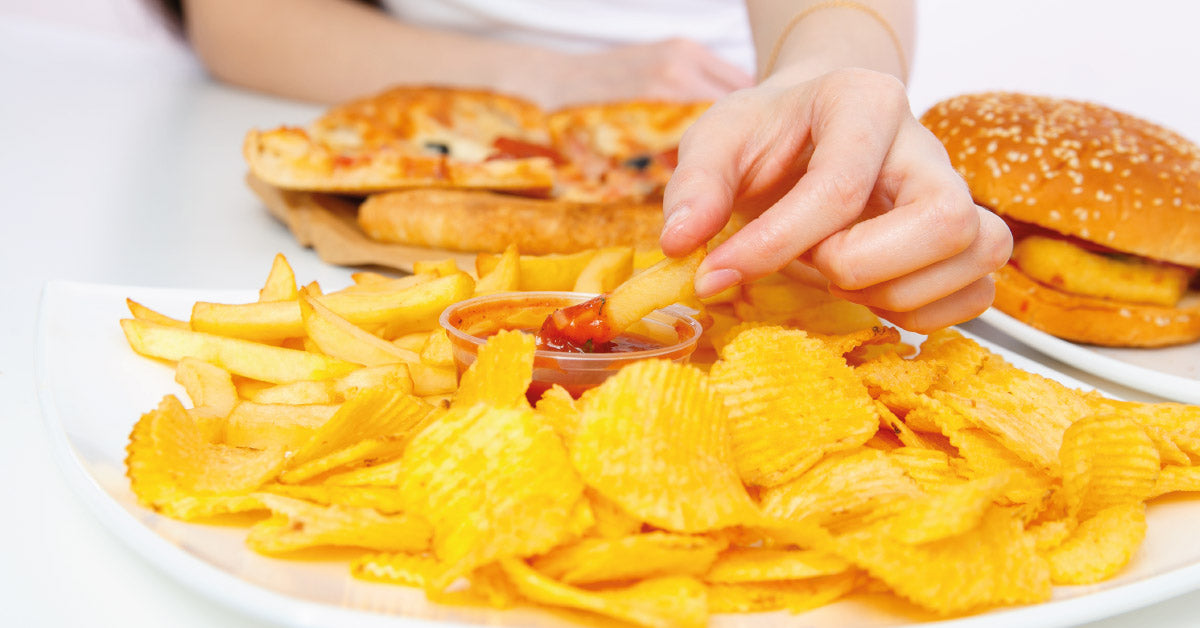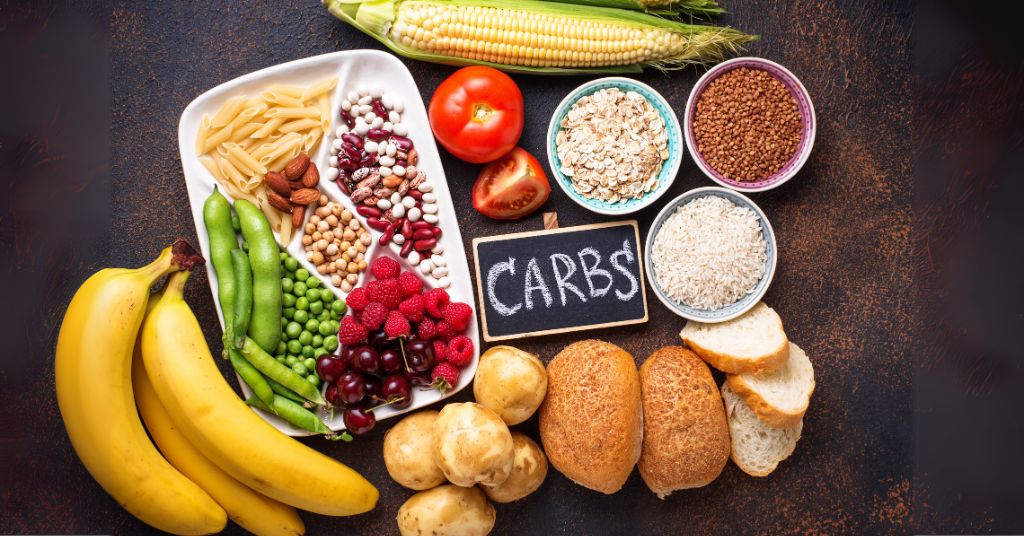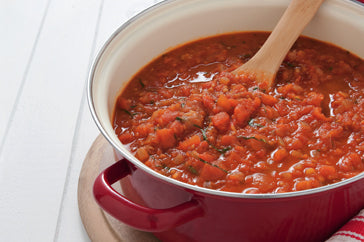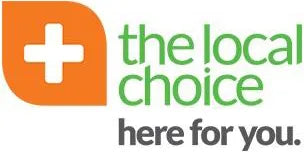Learn how to read food labels so that you can make better weight loss choices.
Losing weight is no easy task and shedding those extra kilograms might become even more difficult when you’re eating lots of packaged food, as some packaged products can be deceivingly fattening.
A 2018 study noted that only a little bit more than one-third of South Africans indicated that they frequently or always read nutrition information on food labels. The average food and nutrition label knowledge score was 44.4% (fair or below average).
Reading food labels can be intimidating. Some products have long lists of ingredients and some of those ingredients can be difficult to read and pronounce.
Yet, knowing what you eat can help you make smarter weight loss choices.
Here are some tips for reading food labels:
Watch out for the serving size
Be aware that the suggested serving size may be different from the size of the package. For example, a 500ml bottle of soda might have a suggested serving size of only 250ml, which is half of the package size. The “per serving” column shows how much of each nutrient and energy (in kilojoules) you consume when you eat or drink the suggested serving size. If you drink the entire bottle of soda, you must double the nutritional quantities.
The “per 100g” column is useful for quickly comparing similar products since serving sizes can vary.
Controlling the amount of energy (kilojoules) you consume each day will help you on your weight loss journey.
Look for the following information on a food label
The kilojoule count
If you are in South Africa, the total energy of a product is displayed as kilojoules (kJ). Keeping a healthy weight relies on the balance between the energy you consume and the energy you expend. If you consume more kJ than your body needs each day, you will likely gain weight.
Your daily energy needs are based on factors such as age, activity levels and gender, and a registered dietitian can help you personalize a diet according to your needs.
The carbohydrate count
The amount of carbohydrates in a food or drink can be found under the heading ‘Glycaemic Carbohydrate’ or ‘Carbohydrate’.
This figure reflects the total carbohydrate count, not the Glycaemic Index, and is composed of both sugars (added and naturally occurring) and complex (starchy) carbohydrates.
‘Carbohydrate Of which sugars’ will tell you the amount of sugar the product contains, including added sugar and those that are naturally present in fruit and milk.
All added sugars, such as sucrose, glucose, glucose syrup, invert syrup, maltose and honey will be listed in the ingredients list. Ingredients are listed according to weight with the heaviest ingredients being listed first. If added sugars are higher up on the ingredients list, you can be sure that the product will have lots of sugar in it.
When it comes to added sugar, it is recommended that you choose products that contain 10g of sugar or less per 100g of product.
The protein count
A high protein count is good for weight loss. Good sources of protein can aid in weight loss. Good options for protein include lean cuts of meat like chicken, fish (especially ones like mackerel, salmon, and sardines), eggs, beans, soya, pulses, and lentils. Not only can these choices give you a healthy dose of protein, but they also contain less saturated fat and kilojoules than other options.
The fat count
Consuming fewer fats (particularly saturated fats) can help you maintain a healthy weight.
Labels will list the ‘total fat’ content and a breakdown of the types of fats:
- ‘of which saturated fatty acids’
- ‘of which mono-unsaturated fatty acids’
- ‘of which trans fatty acids’
- ‘of which poly-unsaturated fatty acids’.
Most of our daily fat intake should come from unsaturated sources (monounsaturated and polyunsaturated fatty acids).
The fibre count
Fibre is a type of plant matter that the body cannot digest. There are two types of fibre – soluble and insoluble – both of which offer distinct health benefits.
Soluble fibre, found in foods such as beans, oats, fruit and vegetables, helps to form softer stools and regulate blood sugar and cholesterol levels.
Insoluble fibre, commonly found in wholegrain cereals and breads, beans, fruit and vegetables, aids in keeping the digestive system healthy and promotes satiety.
Fibre is great for weight loss so make sure you choose products with lots of fibre.
Takeaway
Knowing what to look out for on a food label can help you make healthier choices. Don’t be intimidated by all the long, unpronounceable words on food labels. Choose products with lots of fibre and protein and watch out for those added sugars.




